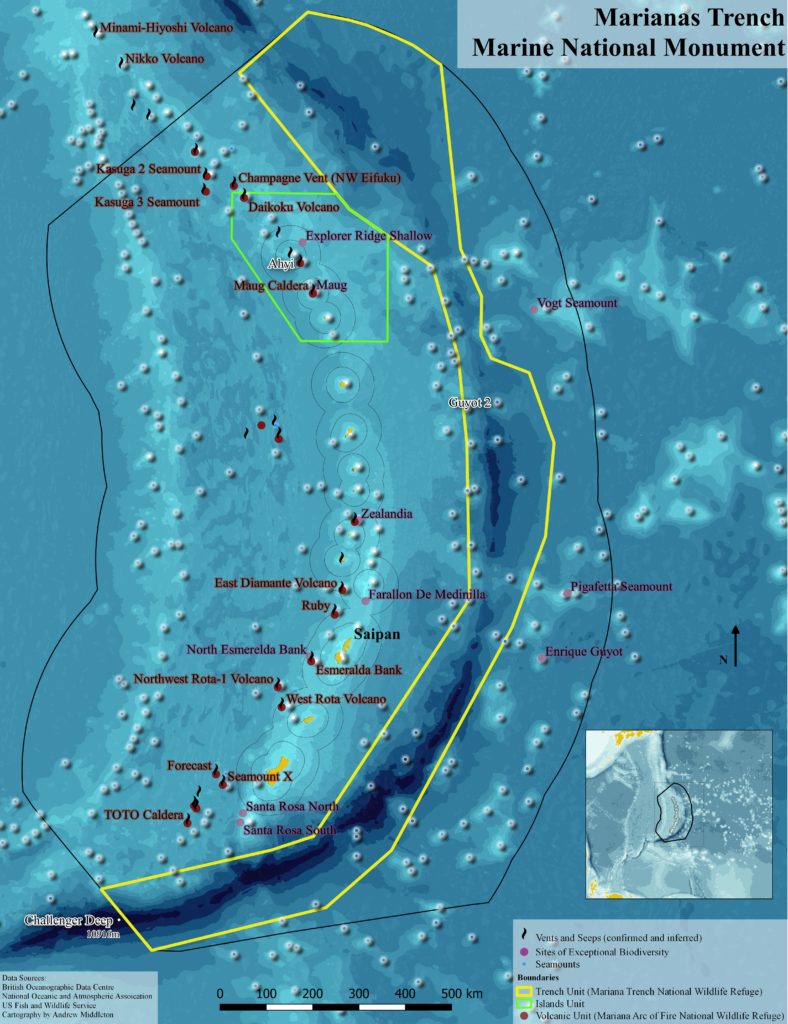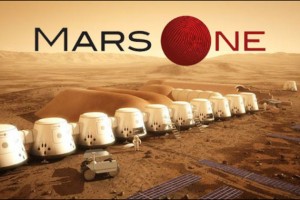Welcome back! We missed a week while I was traveling across the Commonwealth of the Northern Marianas Islands and Guam, so dig in and enjoy!
Flotsam (what we’re obsessed with right now)
- The Mariana Trench!

- It’s the deepest place on the planet and we’ve been all hands on deck sharing the latest science from the bottom of the ocean with our friends in Saipan, Tinian, Rota, and Guam. Check out our expedition on OpenExplorer for a blow by blow of the 12-day adventure. Visit the Friends of the Mariana Trench Marine National Monument Facebook page for more exciting stories from the field. We even got some nice coverage in the local press: Marine scientists talks about Marianas Trench at Rotary and Marianas Trench Marine National Monument to be discussed on ‘Your Humanities Half-Hour’.
- The Guam Daily Post has my favorite coverage of this adventure: With the help of a tiny robot, scientists deepen support for a Mariana Trench sanctuary.
